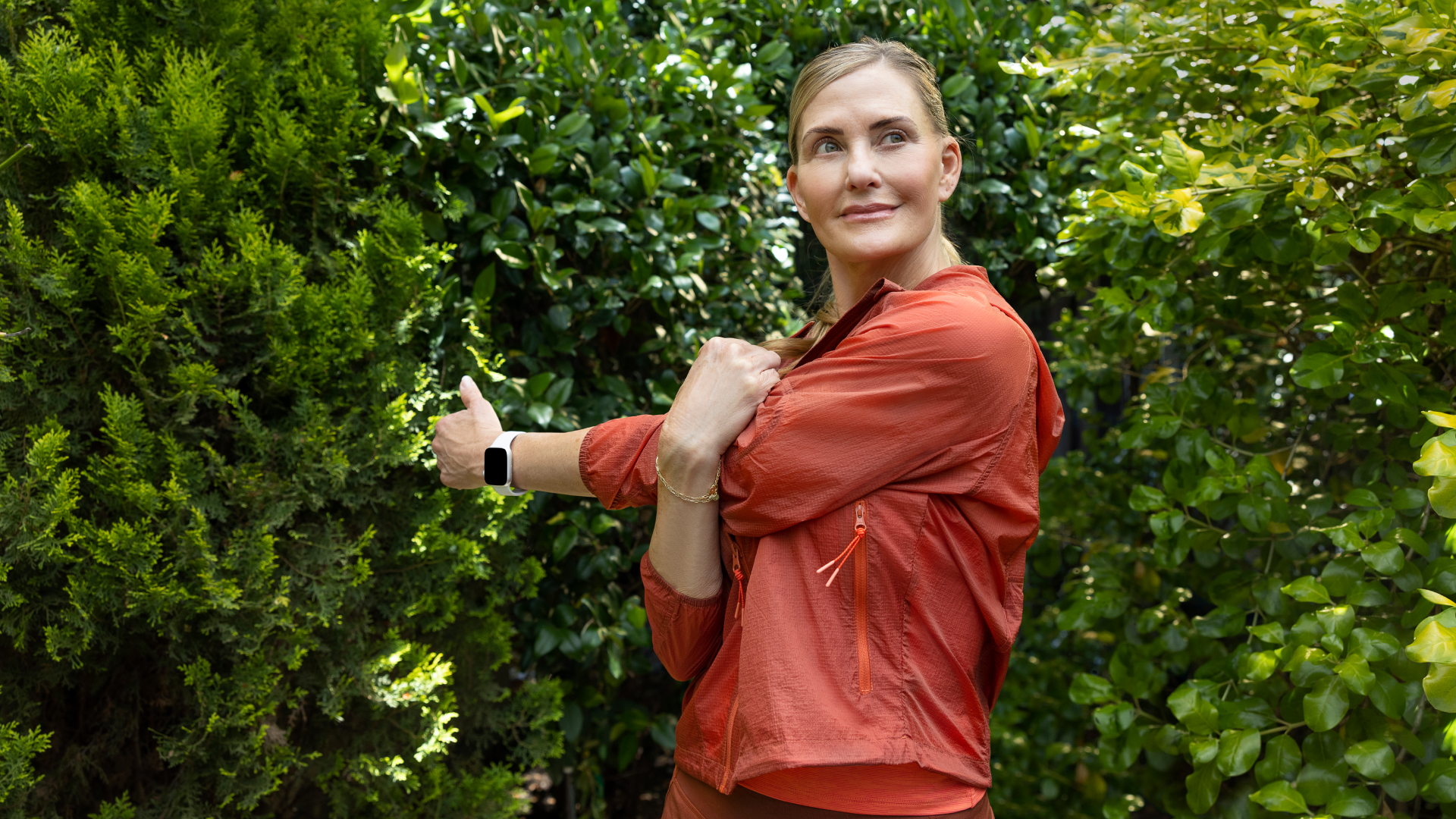
Aging brings wisdom, experience—and for many women, the unique challenges of navigating perimenopause and menopause.
Defined as the point at which a woman has gone 12 consecutive months without a menstrual period, menopause typically occurs between the ages of 45 and 55. The transitional phase leading up to menopause, known as perimenopause, can begin several years earlier.
This period can trigger a range of uncomfortable symptoms, including hot flashes, mood swings, and weight change. While medications and hormone therapy are common interventions, research shows that staying active can make a meaningful difference in how women feel and function.
“Exercise and movement are incredibly effective tools for managing menopause,” says Sarah Johnston, a certified health and performance coach at Future. “It supports not just physical health, but also emotional and mental well-being.”
During perimenopause, your ovaries produce less estrogen, causing your menstrual cycles (periods) to change. Typically, they’ll become irregular before stopping altogether.
This decrease in hormone levels prompts significant physical changes. According to Harvard Health, hormonal shifts during menopause affect nearly every major system in the body, including cardiovascular function, metabolism and mood regulation.
Menopause symptoms emerge as the body adjusts to these changes. Common symptoms include night sweats, low energy, irritability, sleep disturbances, weight gain, bone density loss and decreased libido.
“On average, menopause symptoms last between four and seven years, although it can vary depending on genetics, lifestyle, overall health, and stress,” Johnston says.
Exercise helps to counteract many of the physical and mental shifts caused by decreased estrogen levels.
“Movement can be empowering and tailored to your unique needs to help you best during this phase,” she says.
Aerobic exercise, for example, improves circulation and may help regulate body temperature, reducing the frequency and intensity of hot flashes. Mind-body movement like yoga and Pilates has been shown to regulate the nervous system and improve sleep quality—areas that many women struggle with as hormone levels shift.
Strength training is equally impactful, as women can lose up to 20% of their bone density during this stage of life.
“Weight-bearing exercise is important for bone density and joint strength, helping to maintain both of these crucial health indicators,” Johnston says.
In addition to supporting bone density, strength training helps maintain lean muscle, which supports metabolism and counteracts age-related weight gain.
There isn’t a single “best” form of exercise for menopause relief. Many women can benefit from combining different types of movement throughout the week.
If you’re not sure where to start, Johnston suggests low-impact cardio activities or incorporating resistance training with light weights or bodyweight exercises.
“Walking outdoors adds an extra layer of benefit because of the exposure to sunlight and vitamin D, which is crucial for bone health,” Johnston adds.
Johnston stresses the importance of tailoring movement to whatever feels best for you. She mentions that staying consistent is more important than doing intense exercises, and recommends creating a plan that feels sustainable.
“A menopausal client was struggling with weight gain and lethargy. She had previously been a higher-intensity trainer, running 20-25 miles per week and strength training,” Johnston recalls. “We added more yoga and low-intensity movement to her routine, along with other lifestyle changes. She was able to get her weight under control and find more energy.”